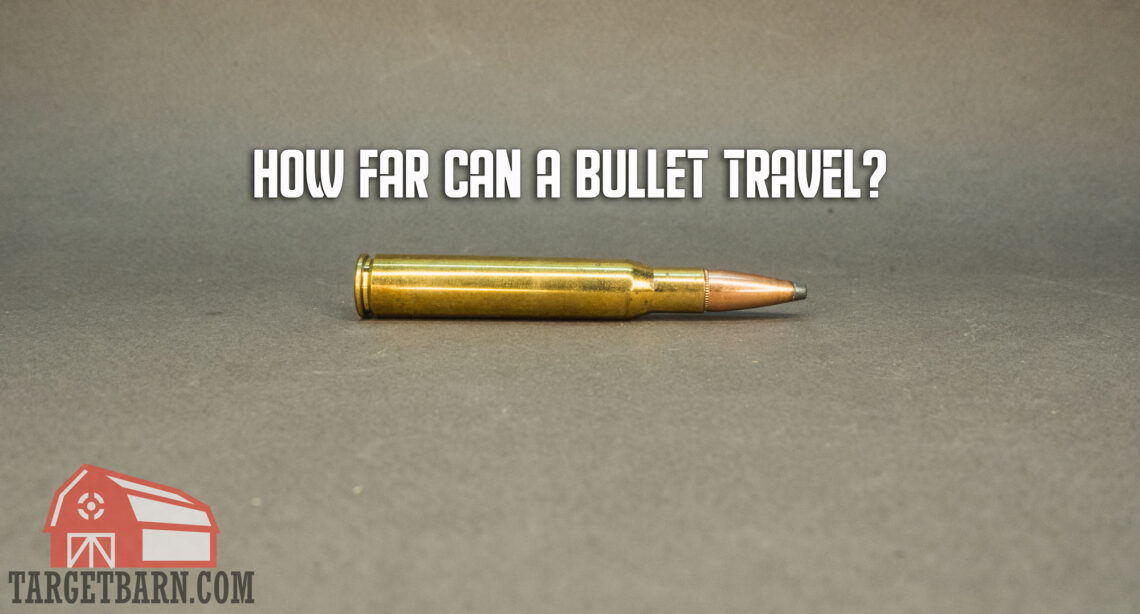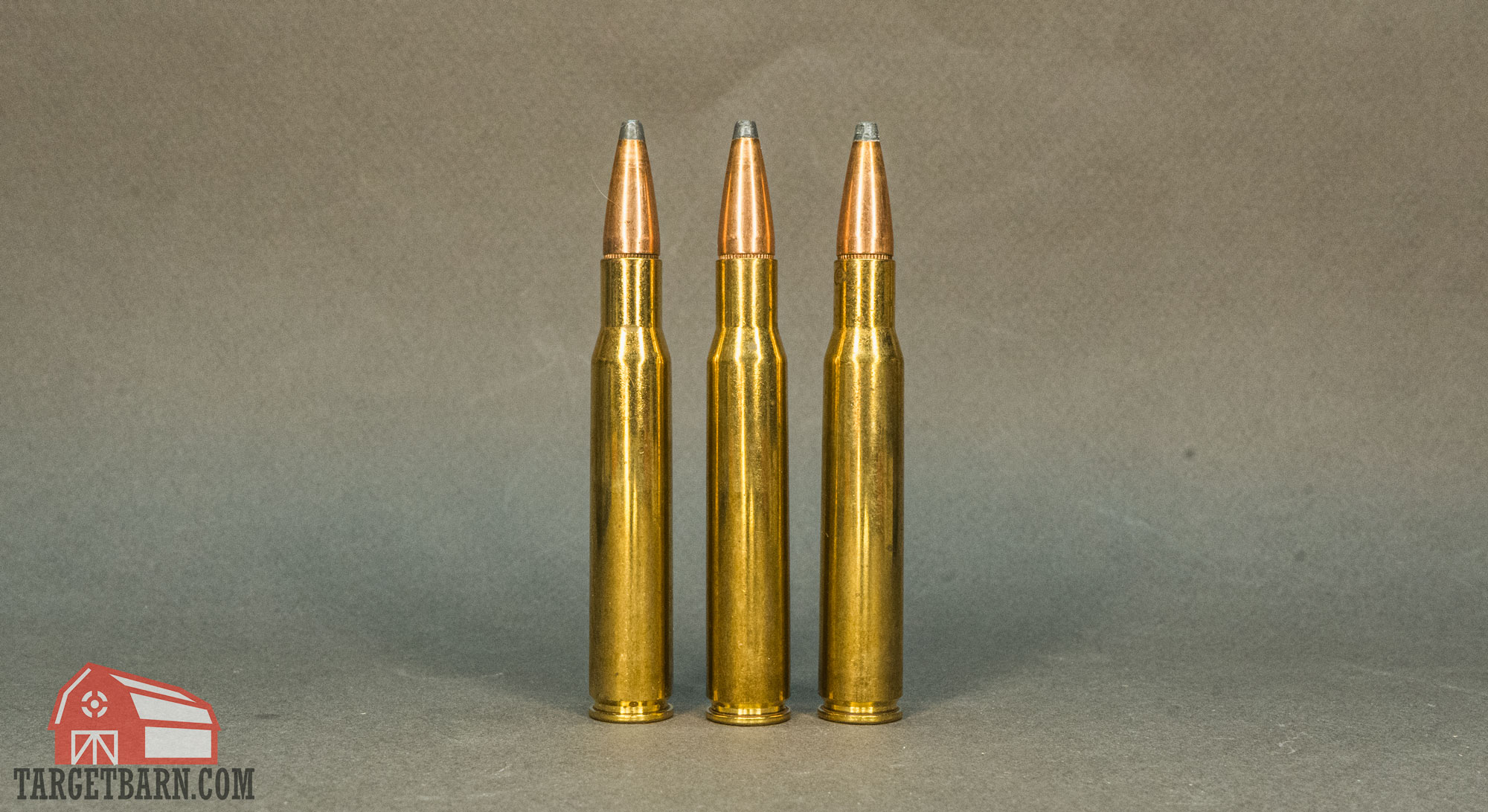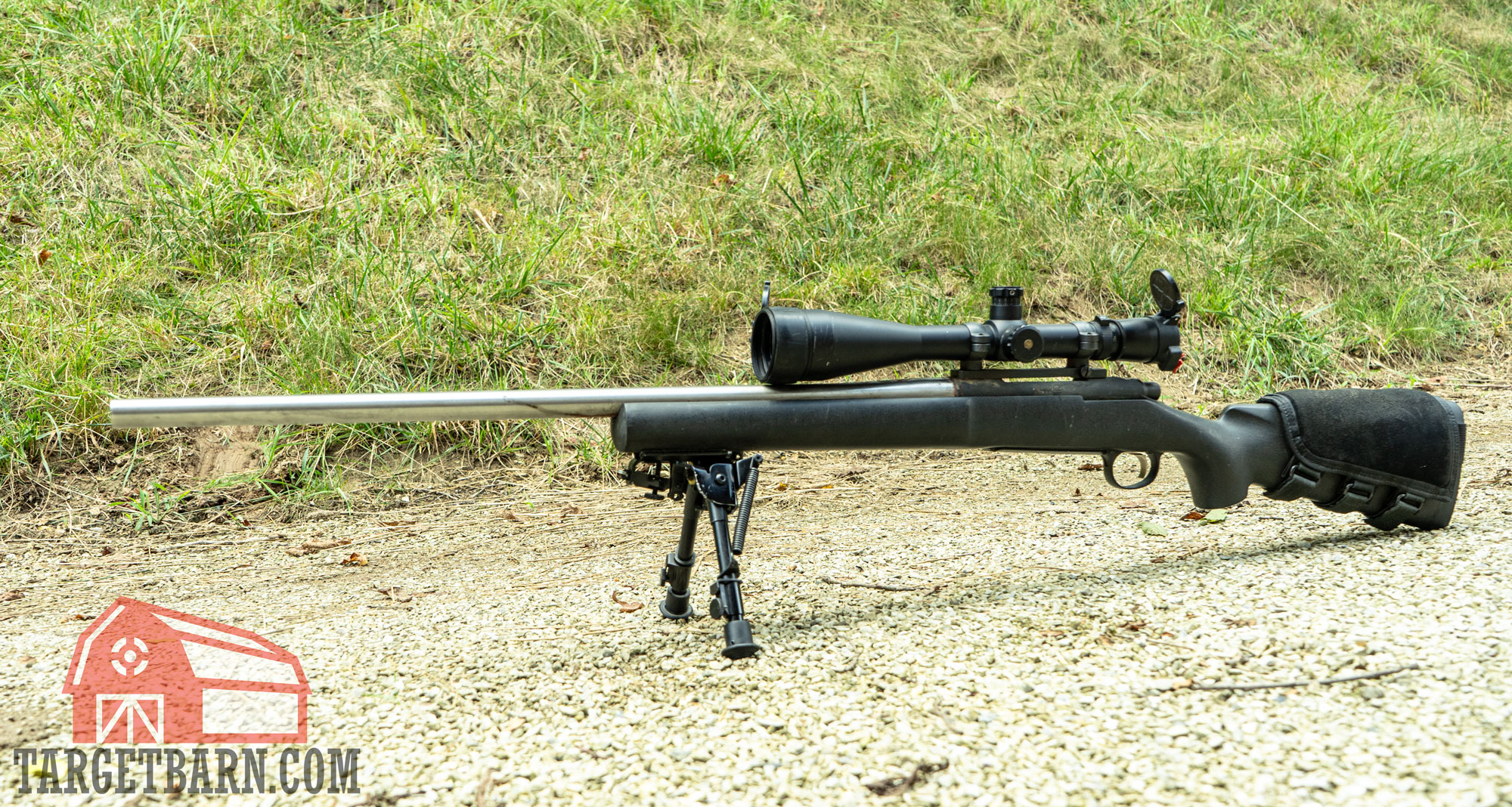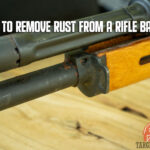How far can a bullet travel? If you’re asking this question, you might be fact checking your buddy’s too good to be true hunting story, or curious how far you can take your pistol shot.
There are many factors that can affect how far a bullet travels, and today we’re getting to the bottom of the question.
How Far Can a Bullet Travel: What You Need to Know
If you’re here for the quick answers without all the nuance, here are some general facts about how far bullets can go:
- The longest recorded sniper kill was taken from 3,800 meters (2.36 miles) using a 12.7×114mm HL caliber rifle
- A number of factors affect bullet travel, such as bullet type, cartridge loading, environmental conditions, barrel length, and many more
- A .22LR can travel to distances of 1.5 miles
- 9mm ammo can travel to about 1.5 miles
- .223 ammo can travel to over 2 miles
Below is a chart with some approximate range of certain calibers. Remember, this is just a broad estimation as there are many factors that influence bullet travel.
| Caliber | Maximum Range |
|---|---|
| .22LR | 1.5 miles |
| 9mm | 1.5 miles |
| .45 ACP +P | 1.05 miles |
| .223 Rem | 2 miles |
| .308 Win | 2.6 miles |
Maximum Range vs. Effective Range
Maximum range is the farthest distance a bullet can travel under optimal conditions. Effective range is the farthest distance that a bullet can travel while still maintaining enough energy to neutralize a target.
Maximum range and effective range matter when we’re asking “how far can a bullet travel?” That’s because just because a bullet can travel a certain distance, doesn’t mean it will be effective at that distance.
Factors that Affect Bullet Travel
Now, let’s take a look at some of the factors that affect how far bullets go:
Caliber
First up is probably the most obvious. Different calibers of ammo will travel at different distances. A weak pistol round like the .380 ACP will travel nowhere near the same distance as a rifle round like the .300 Win Mag.
Bullet Type
The next factor that will affect bullet range is the bullet design. There are many different types of bullets. These different designs of bullets can serve different purposes. For example, a jacketed hollow point bullet is a great choice for self defense, but won’t necessarily be the most aerodynamic. On the other hand, boat tail bullets are the ultimate long distance bullet design because of their ballistic coefficient, the bullet’s ability to overcome air resistance. The base of a boat tail bullet tapers inward, giving it a flatter trajectory, heightened wind resistance, and greater energy transfer upon impact.
Environmental Conditions
Certain environmental conditions such as altitude, humidity, and wind will have an affect on how far a bullet can travel. High humidity will cause more bullet drag. The wind will also play a part in bullet travel. Whether the wind is blowing towards you, away from you, or you are shooting through a crosswind, the bullet will be affected.
Cartridge Loading
While we mentioned that bullet type plays a part in bullet travel above, you also have to look at the entire loading of the round. The bullet weight and how hot the bullet is loaded (i.e. velocity) will play a factor in bullet travel.
Barrel Length
The barrel length of the gun will also play a part in how far a bullet flies. A longer barrel will result in faster bullet velocities, allowing for farther travel of the bullet.
How Far Can A Bullet Travel: Shooting Safety
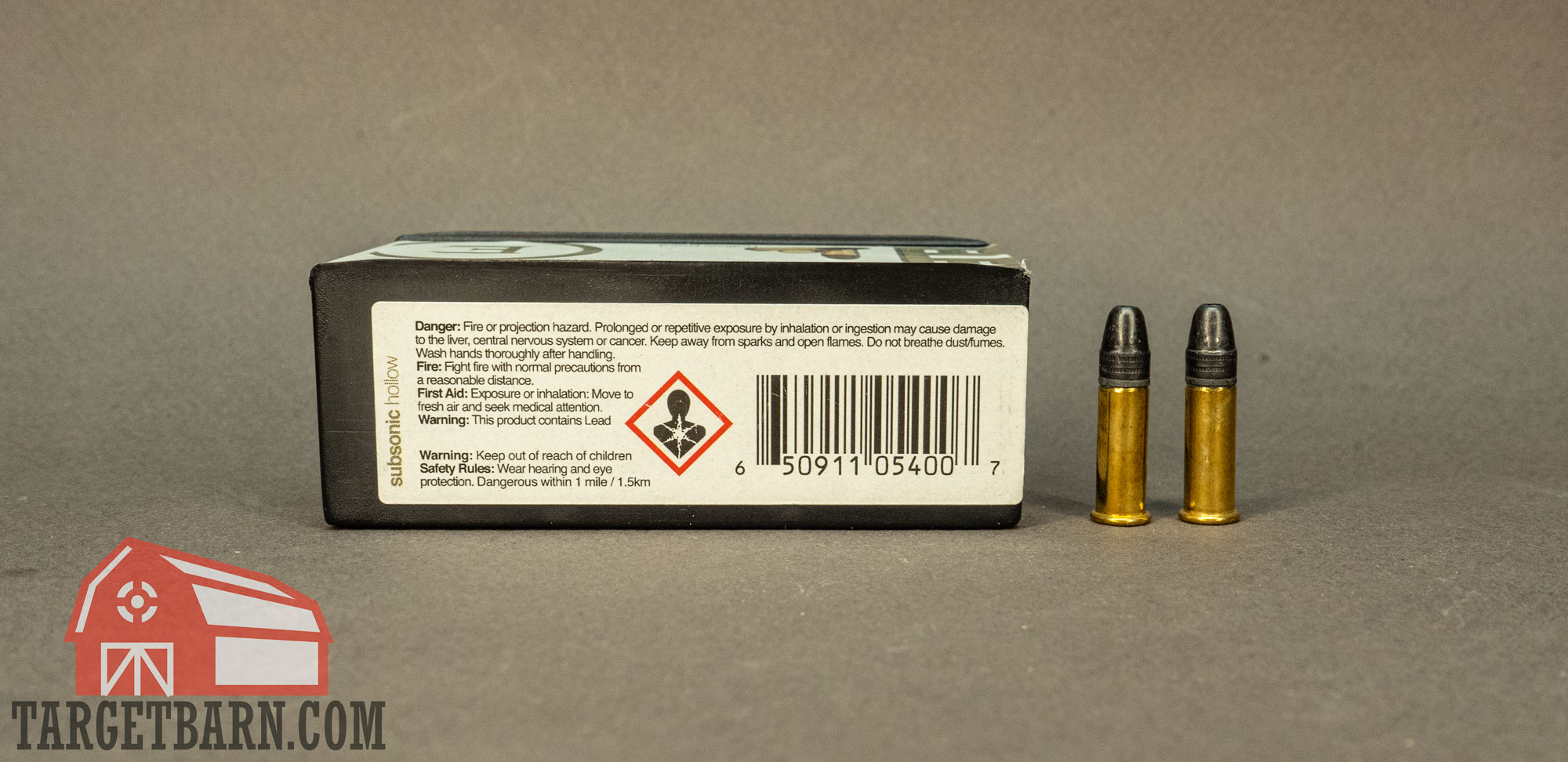
Whenever you are shooting a gun, you need to ensure you have a safe backstop. No matter what the distance is that you think your bullet will travel, if you do not have a safe, solid backstop, it is not safe to shoot. You should also never shoot your gun straight up into the air, as the bullet will be dangerous as it falls back to earth.
Ultimately, if you want to know how far you can accurately shoot, head to the range where you can safely practice shooting at a distance!

